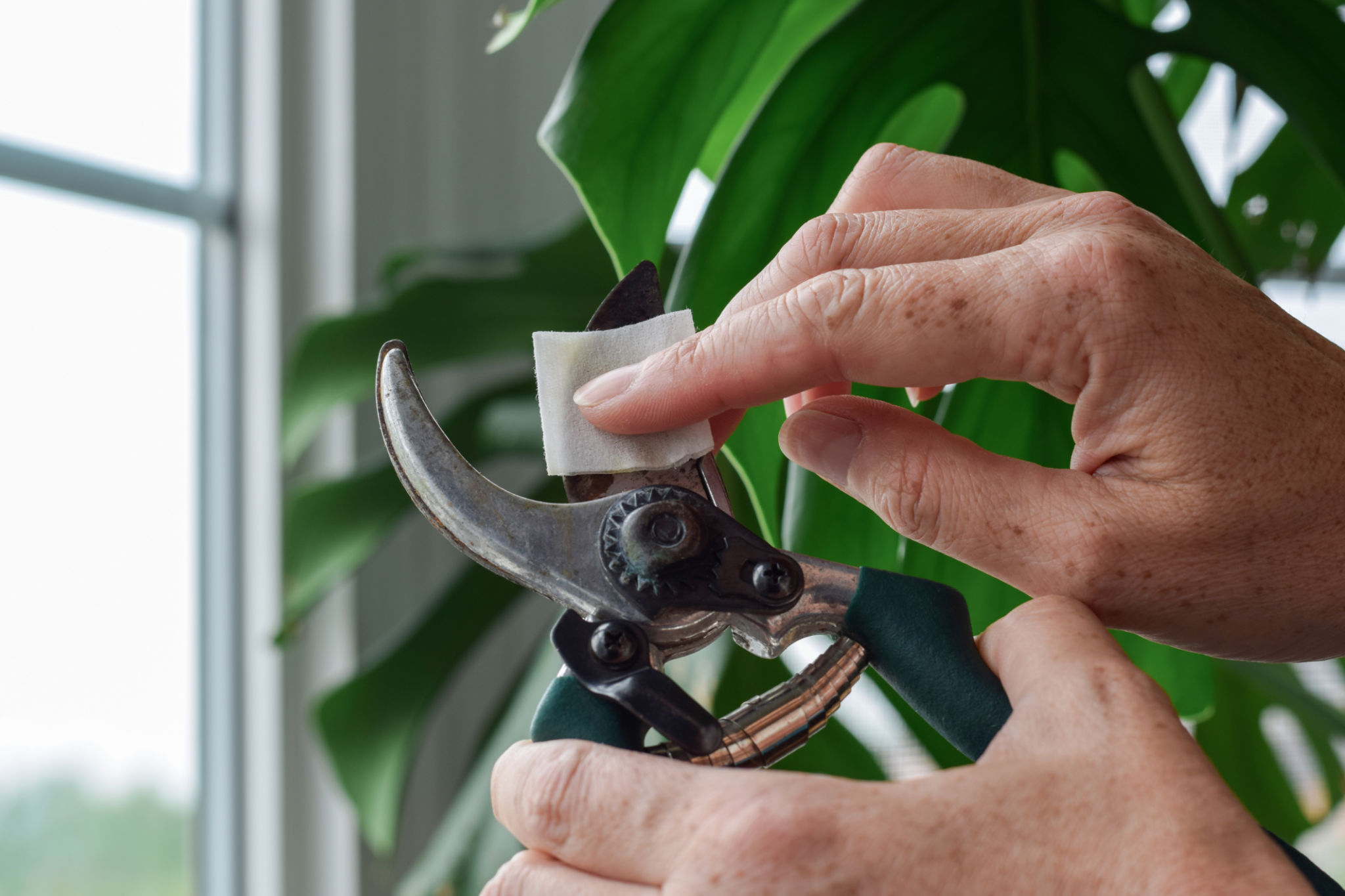DIY Tips for Basic Tree Pruning and Maintenance
Understanding the Basics of Tree Pruning
Tree pruning is an essential practice for maintaining the health and appearance of your trees. It involves the careful removal of specific branches to promote healthy growth, enhance the tree's structure, and improve overall safety. Whether you're a seasoned gardener or new to tree care, understanding the basics can significantly benefit your landscape.
Pruning is best done during the dormant season, usually late winter to early spring, as it minimizes stress on the tree and reduces the risk of infection. However, it's important to identify dead, damaged, or diseased branches and remove them as soon as possible, regardless of the season.

Essential Tools for Tree Pruning
Having the right tools is crucial for effective pruning. Here's a list of essential tools you might need:
- Pruning Shears: Ideal for smaller branches up to 1/4 inch in diameter.
- Lopping Shears: Suitable for branches up to 1 1/2 inches thick.
- Pruning Saw: Best for larger branches beyond the capacity of shears and loppers.
- Pole Pruner: Allows you to reach higher branches without a ladder.
Ensure your tools are sharp and clean to make precise cuts and prevent disease spread. Regular maintenance of your tools will extend their lifespan and improve their performance.
Basic Pruning Techniques
When pruning, it's important to follow some basic techniques to ensure the health of your tree. Here are a few tips:
- Identify and remove dead, diseased, or damaged branches first. This will help prevent the spread of disease and improve air circulation.
- Eliminate any crossing branches that rub against each other, as they can cause wounds and increase the risk of infection.
- Make clean cuts just outside the branch collar (the swollen area where the branch joins the trunk) to promote proper healing.

Maintaining Tree Health Through Pruning
Regular pruning not only enhances the aesthetic appeal of your trees but also plays a crucial role in maintaining their health. By allowing more sunlight and air to penetrate through the canopy, pruning reduces the likelihood of fungal diseases and promotes vigorous growth.
Moreover, removing weak or structurally unsound branches helps prevent potential hazards, especially during storms or high winds. This proactive approach ensures that your trees remain safe and sturdy throughout their lifespan.
When to Seek Professional Help
While DIY tree pruning is manageable for most homeowners, there are instances where professional help may be necessary. Consider hiring a certified arborist if:
- The tree has large or high branches that require climbing or ladders.
- You notice signs of disease or pest infestations beyond your expertise.
- The tree is near power lines or structures posing a safety risk during pruning.

In these situations, professionals have the expertise and equipment to handle complex pruning tasks safely and effectively.
By following these DIY tips and understanding when to seek professional assistance, you can ensure your trees remain healthy, beautiful, and safe for years to come. Happy pruning!